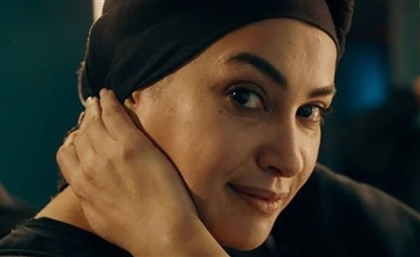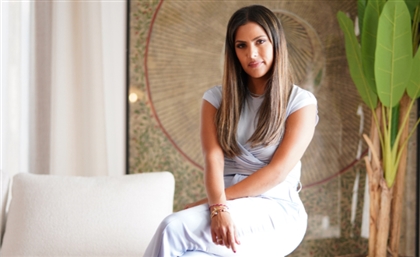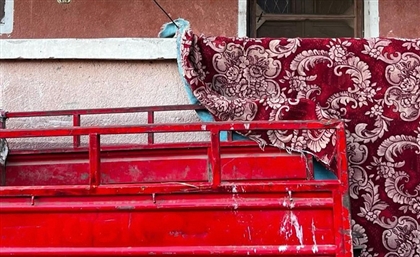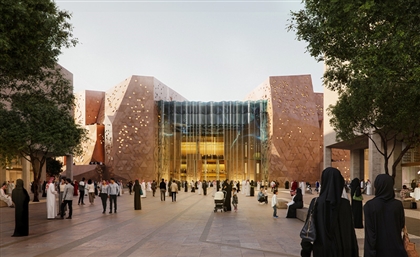Reem El-Adl: Styling for the Sceen as One of Egypt's Biggest Costume Designers
We meet TV and film costume designer to find out more about working with stars, the difference between styling for fashion and styling for the screen, and how she managed to do it all while eight months pregnant.
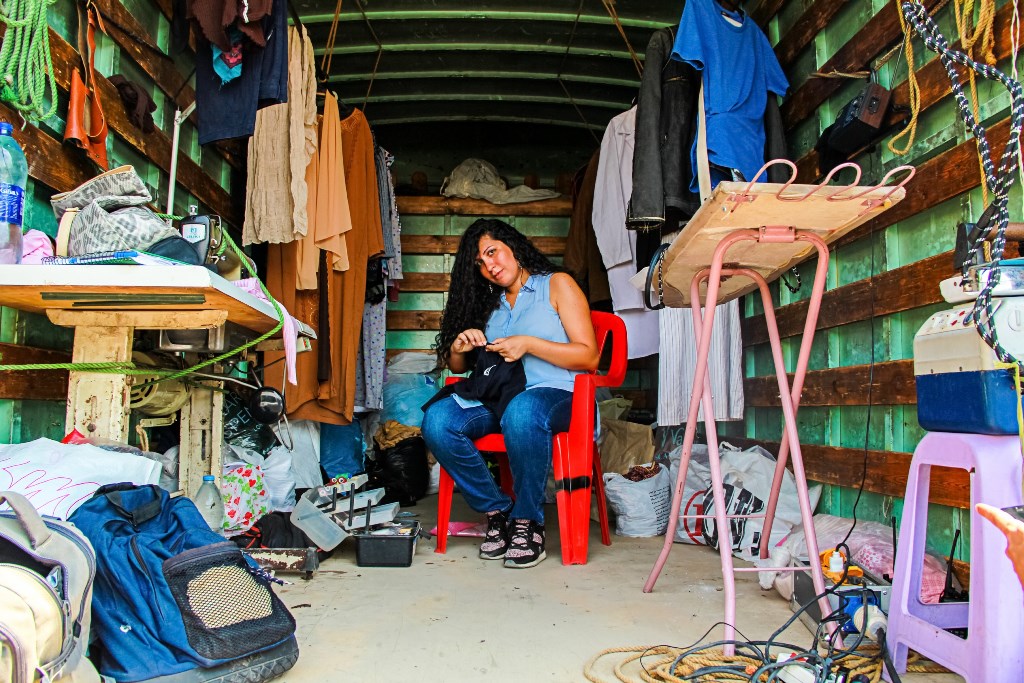
A 10-year veteran of the film and TV industries, costume designer and media stylist Reem El-Adl has worked on numerous projects with as many A-List celebrities. As we meet her on location, and despite her being eight months pregnant, the screen stylist bounces around with vibrancy and energy. Hands-on, not only with the stars, but with the extras and extended cast of the film she's currently working on, her attention to detail is abundantly clear as she sews and customises costumes, focusing on every little aspects of an outfit. With her obvious passion and evident skill, it comes as quite a surprise when she admits she never really planned to get into the field. “Being a stylist chose me, I didn’t pick it. I had a stylist friend whose assistant didn’t show up one day, so I decided to head down to the location and help. I was already connected to the film world through my family but never really worked in it, until that day when I felt like this is something I can do professionally.” Without further delay she headed to Italy where she acquired a diploma from Academia Italia in costume design for cinema and theatre.

With a flair for costuming, El Adl quickly became an unstoppable force in the industry. “A stylist is a person who dresses up people in nice clothes according to the fashion industry’s do’s and don’ts. This is not the same as a film costume designer who isn’t supposed to follow fashion rather read into the subtext of each character, the upbringing, the social status in conjunction with the time era to produce a believable look. One of the things that used to drive me mad, is ghetto areas in Egypt, and how they used to all wear the Nancy Agram Galabeya which is nothing like reality.” El-Adl would sometimes get a script with little or no description of the character, so she would utilise her love for drawing and fashion sketching, and elaborate use of imagination to conjure up some back story or subtext to bring the character and, subsequently, his or her costumes to life.
One of her favourite projects was also her most challenging; Shaware3 Khalfeya which is set in 1935. Another is Sameer, Shaheer we Baheer, which sees the main characters travelling back in time to the 70s. “I really enjoy working on projects that are set in a different time era, it really becomes a challenge and one that I am willing to accept. Although often hard a, the results, when done right, are usually the most pleasing,” she gushes. Although evidently El-Adl prefers retro pieces, she also has a soft spot for projects like Segn El-Nessa where she had to depict life in low income areas and, later on. in jail. Another project she enjoyed is Mosawer Kateel which is directed by her brother Kareem El-Adl

“I like to work with actors who don’t interfere. The list is long, but the actors who do interfere... Their list is even longer!” She recalls once working with superstar Mahmoud Hemeida in her early days. “I had two options for him and I went up to him, a little intimidated by his status, and asked him which one he wanted to wear. He answered saying: 'I don’t ask you how to act, so you can’t ask me what to wear.'” From that moment on she realised the professionalism that she was met with is what she has to bring to the table and she has been doing so efficiently.
“People looking to style for film and TV should know that talent makes up just 5 or 10% of the equation. Hard work, planning and renewing yourself on a project-to-project basis is where it’s at,” she adds, as some parting advice when shooting on her latest project resumes. “Regardless of what’s in or out, remember you are not a fashion stylist and that you’re catering to the script and adding to the story. It’s not your work or the actor that should be put in the spotlight but rather the story and the script.”
Photography by Mohammed Diaa.
- Previous Article Dr.Sisilove or How (Not) To Diffuse A Bomb
- Next Article Amna El-Shandaweely: Road To Nairobi
Trending This Week
-
May 01, 2024




